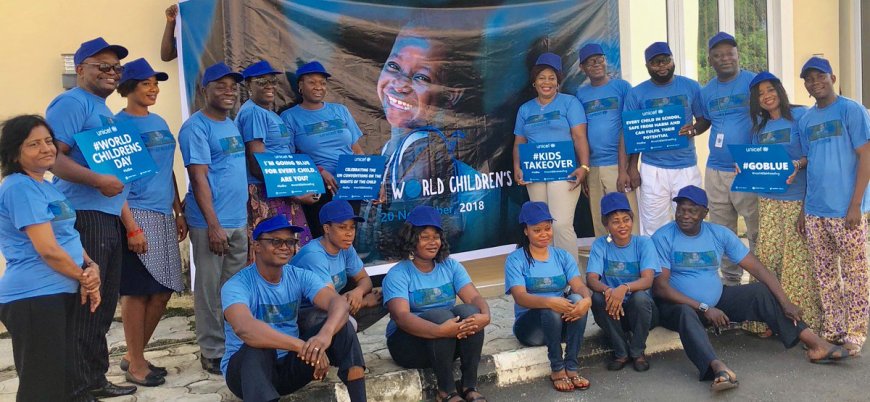UNICEF, HiLWA brainstorm to bolster girl-child education
UNICEF has engaged HiLWA to ensure sustainable ways of increasing adolescent retention, transition and completion in secondary schools.

UNICEF has engaged the High-Level Women Advocates (HiLWA) to ensure sustainable ways of increasing adolescent retention, transition and completion in secondary schools.
HiLWA, an NGO, works with UNICEF to assist the girl-child in possessing relevant educational qualifications.
UNICEF’s education specialist in Sokoto, Francis Elisha, said participants at a two-day national HiLWA meeting on Thursday in Kaduna were drawn from 12 states in the North.
He explained that the identified women have excelled in their professional endeavours, where some have attained the positions of directors, permanent secretaries, and commissioners, among others.
He added that women greatly influence issues around improving adolescent education and out-of-school children.
The UNICEF chief in Kaduna, Gerida Birukila, said every child has the right to education. This right, she said, was a principle upheld by global agreements like the Universal Declaration of Human Rights, the Convention on the Rights of the Child and the Convention Against Discrimination in Education.
Ms Birukila lamented that despite the persistent efforts of the Federal Government, various states and development partners still faced significant challenges with out-of-school children in Nigeria.
Citing recent data, Ms Birukila said Nigeria was facing a 26 per cent out-of-school for primary school-aged children and 25 per cent for junior secondary school-aged children.
“When we break this down further, we see a regional disparity. For example, in the North-East, nearly half of the primary school-aged children are out of school.
“This is being followed closely by the North-West with 40 per cent, while in the South-East, about nine per cent are missing from classrooms. This uneven distribution highlights the urgent need for targeted solutions,” she said.
Speaking further, Ms Birukila said the gap between urban and rural areas was very wide, up to 25 percentage points more, with the rural children facing much higher out-of-school rates than their urban peers.
She said data shows that among the poorest families, 57 per cent of primary school-aged children and 58 per cent of junior secondary school-aged children are out of school.
https://gazettengr.com/unicef-hilwa-brainstorm-to-bolster-girl-child-education/



 moderator
moderator 





